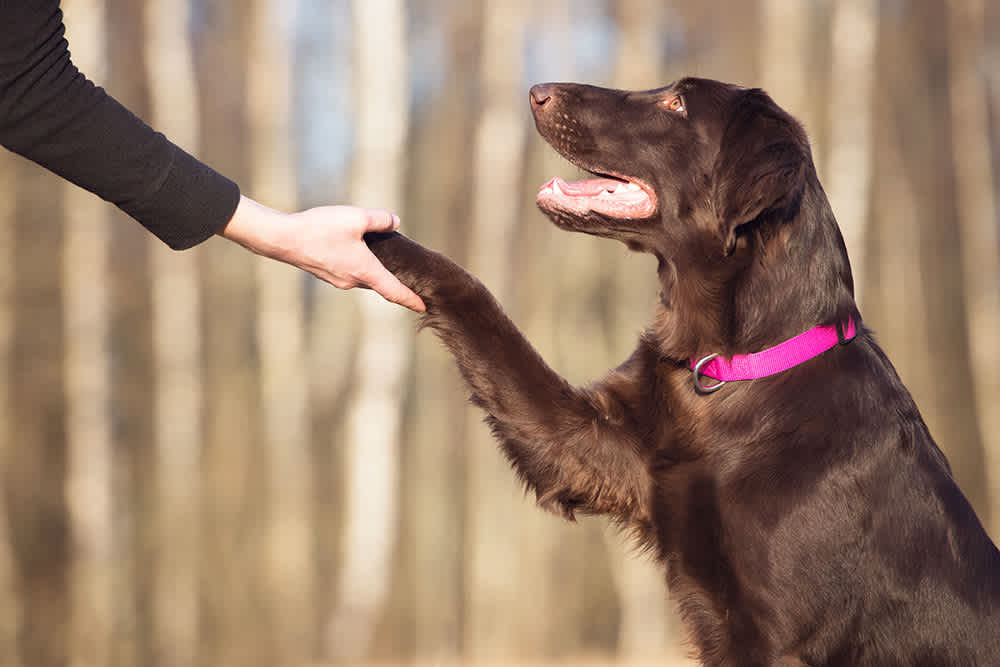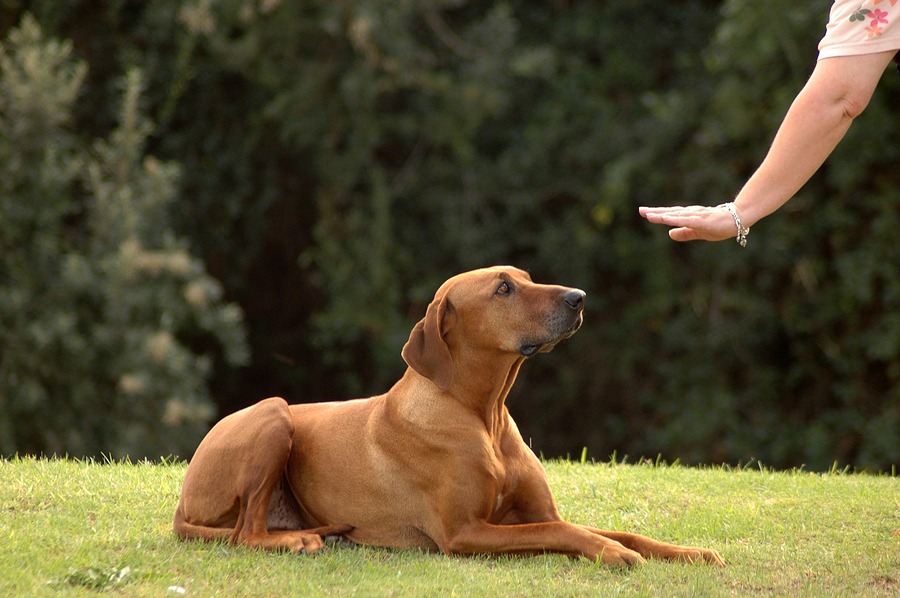Transform Your Pet's Actions With Proven Training Techniques
Changing your pet's actions calls for a nuanced understanding of their specific characteristics and demands, in addition to the application of proven training approaches. By utilizing positive reinforcement and recognizing essential add their body movement, you can efficiently attend to typical behavior concerns such as excessive leaping or barking. Consistency in your training approach not only enhances obedience but likewise promotes a much deeper bond of depend on and respect in between you and your family pet. Nonetheless, the course to effective transformation may present unpredicted obstacles that warrant more exploration.
Recognizing Pet Dog Actions
Understanding pet habits is important for efficient training and communication in between human beings and their canine friends. Canines, as social animals, show a series of behaviors affected by genetics, setting, and experiences - Dog training. Identifying these habits assists proprietors tailor their training approaches to meet the particular requirements of their pets
Secret elements of pet dog actions include body language, vocalizations, and social interactions. In addition, socializing plays an essential role in forming habits; pets that interact positively with different individuals and various other animals are usually extra adaptable and well-adjusted.
Furthermore, acknowledging tension signals-- such as pacing, avoidance, or panting actions-- can protect against rise into much more significant concerns. Proprietors who are attuned to their pet's habits can produce a secure and caring atmosphere, cultivating trust fund and boosting the training process. Ultimately, a deep understanding of canine behavior lays the foundation for a harmonious relationship and reliable training results, ensuring both pets and their owners flourish with each other.
Favorable Reinforcement Methods
Favorable support methods are commonly recognized as one of the most effective techniques for training dogs, promoting a favorable discovering environment. This method entails satisfying preferred actions with treats, praise, or play, thus urging the canine to duplicate those actions. Unlike corrective methods, positive support constructs trust fund and reinforces the bond in between the instructor and the pet.
To apply positive reinforcement effectively, timing is important. Rewards ought to be given instantly following the desired actions to aid the pet dog make the connection. Uniformity is likewise important; using the same commands and rewards assists the pet recognize what is anticipated. In addition, varying the benefits can maintain the dog engaged - Dog training. Alternating between deals with, toys, and spoken praise can keep passion and motivation.
It is necessary to keep in mind that favorable support is not concerning bribery; instead, it is about reinforcing etiquette. In time, as the dog discovers to link certain actions with positive outcomes, the regularity of benefits can be progressively minimized, transitioning to spoken praise or intermittent incentives. This technique not only urges obedience however also advertises a certain and satisfied pet dog, making training a more enjoyable experience for both celebrations involved.
Resolving Typical Problems
Addressing usual issues during pet dog training is important for making see this page sure a effective and harmonious partnership between the canine and its proprietor. Several pet dog proprietors experience behavior difficulties, such as too much barking, leaping, and chain drawing. Understanding the origin of these habits is critical for effective browse around this web-site training.
Excessive barking may stem from boredom, anxiousness, or a lack of socialization. To reduce this, supply enough exercise, psychological stimulation, and opportunities for social interaction with both people and various other canines. Jumping can typically be an indication of exhilaration or a desire for attention. Training the pet dog to sit upon greeting can redirect this actions positively.
Chain drawing is one more common issue, frequently arising from a canine's eagerness to check out. Using correct chain handling methods, incorporated with training protocols that urge loose-leash strolling, can substantially enhance this habits.
Furthermore, issues like source safeguarding or separation anxiety call for customized strategies. Gradual desensitization and counter-conditioning can be effective in dealing with these challenges. By identifying and proactively handling these common concerns, pet dog owners can foster a much more satisfying training experience and enhance the bond with their canine buddies.
Consistency in Training

To accomplish uniformity, it is crucial that all members of the family follow the same training methods. Making use of the same verbal signs and hand signals makes certain that the pet gets uniform messages. Additionally, the timing of benefits and corrections must be regular; instant support boosts the chance that the canine will connect the actions with the outcome.
Normal method sessions, coupled with structured routines for feeding, walking, and playtime, aid dogs expect and comprehend their setting, making them a lot more responsive to training. Ultimately, uniformity fosters a sense of security and trust, encouraging pets to discover more successfully.
Building a Solid Bond
Exactly how can cultivating a strong bond in between a pet and its proprietor enhance the training experience? When a canine really feels secure in its connection with its proprietor, it is more likely to display favorable actions and be responsive to discovering.
In addition, a strong bond helps with much better communication. Dogs are skilled at reading human signs, and a trusting partnership enables more clear signals during training. Proprietors that invest time in structure this bond through play, socializing, and favorable reinforcement create a setting where pet dogs really feel excited and motivated to discover.
Additionally, a well-established connection can decrease anxiety and behavior concerns, as dogs are much less likely to act out when they feel understood and cared for. Focusing on the development of a solid bond not only boosts the training experience yet additionally adds to a better and a lot more well-adjusted dog. Eventually, the journey of training transforms right into a collective partnership, bring about lasting behavior enhancements.
Final Thought

Proprietors who are attuned to their canine's actions can create a caring and risk-free setting, fostering trust and boosting the training process. Ultimately, a deep understanding of canine habits lays the foundation for an unified connection and reliable training end results, guaranteeing both pet dogs and their owners grow together.
Resolving common concerns throughout dog training is essential for guaranteeing a effective and unified relationship in between the dog and its owner.Consistency is a foundation of reliable pet dog training, as it establishes a clear framework for the canine to comprehend actions and expectations.In verdict, changing a dog's actions via proven training methods needs an understanding of canine behavior, the application of positive reinforcement methods, and an emphasis on uniformity.